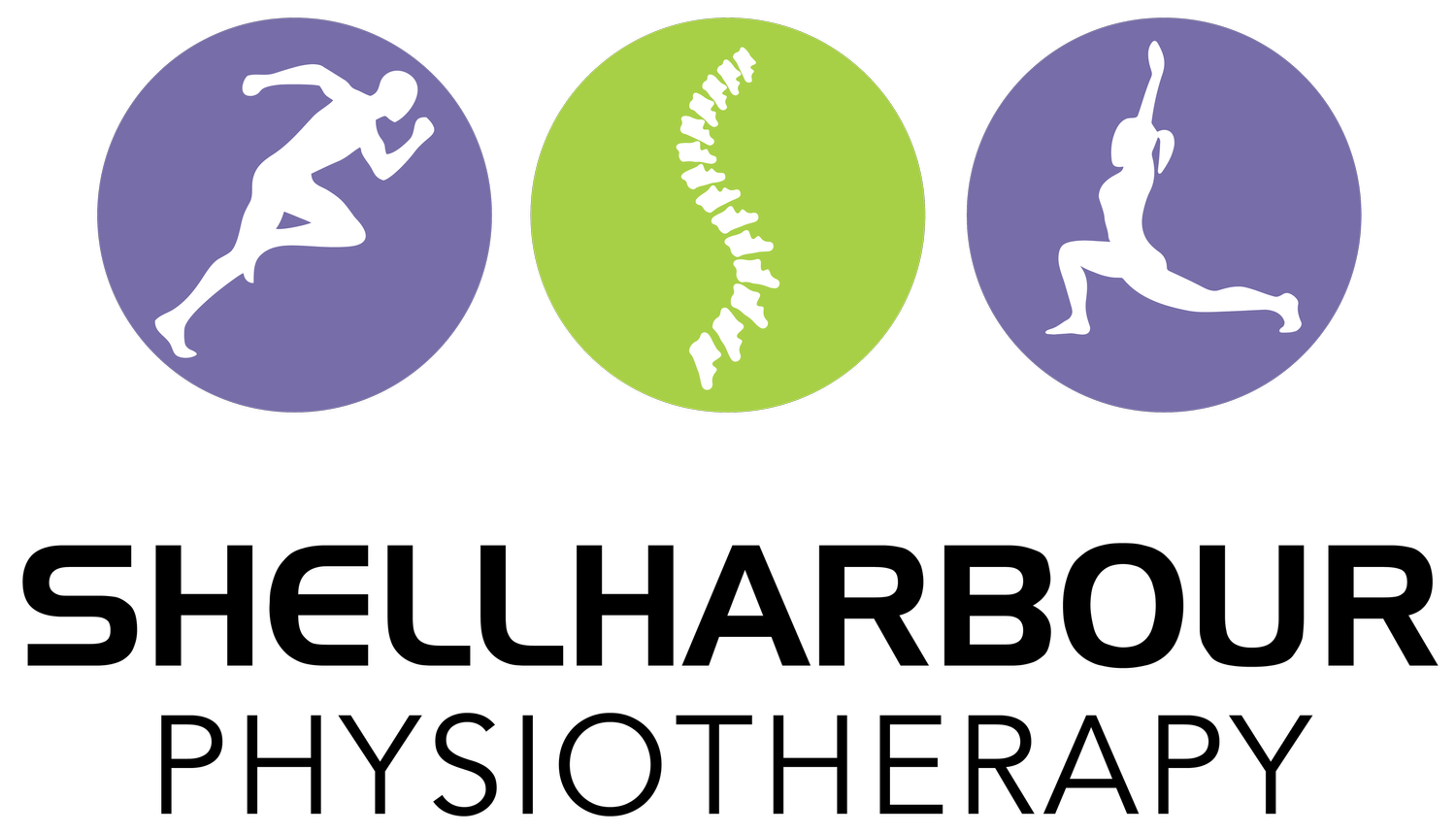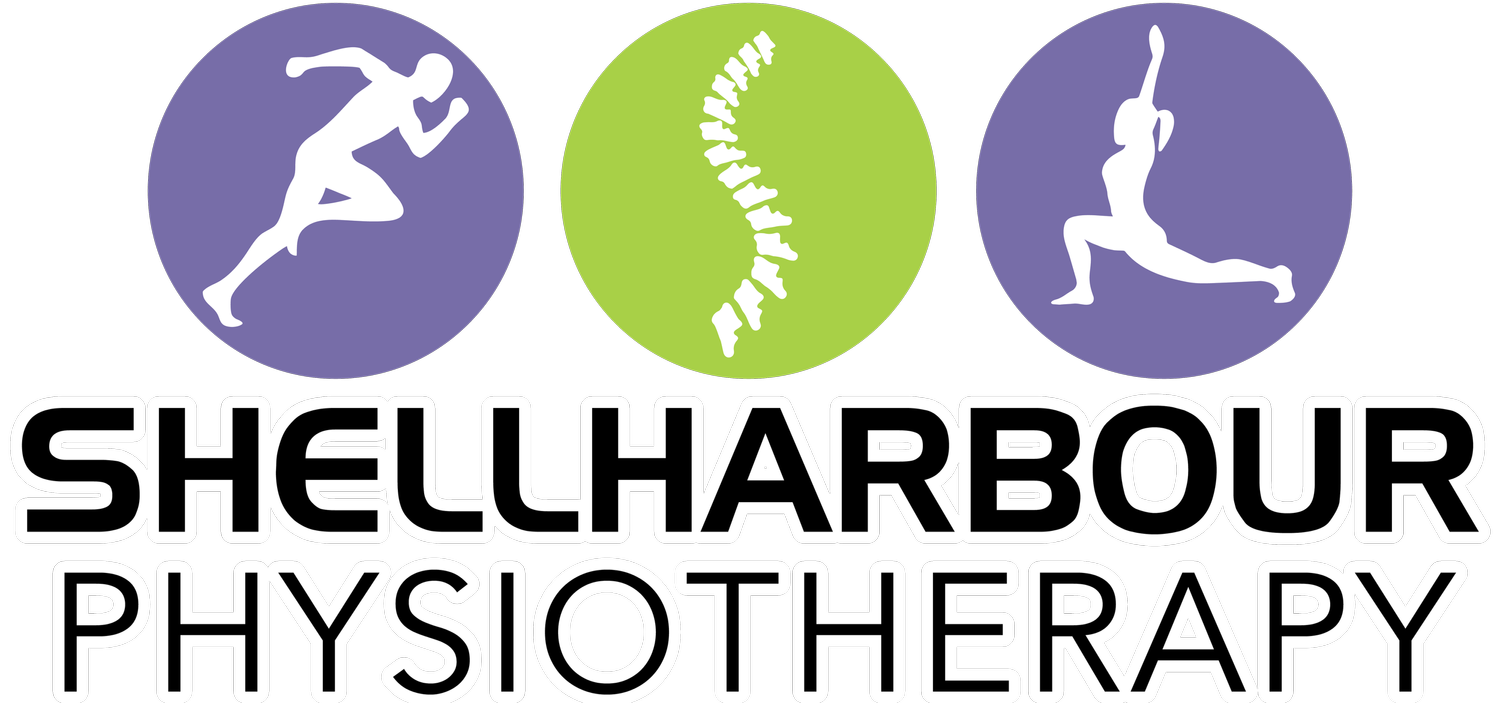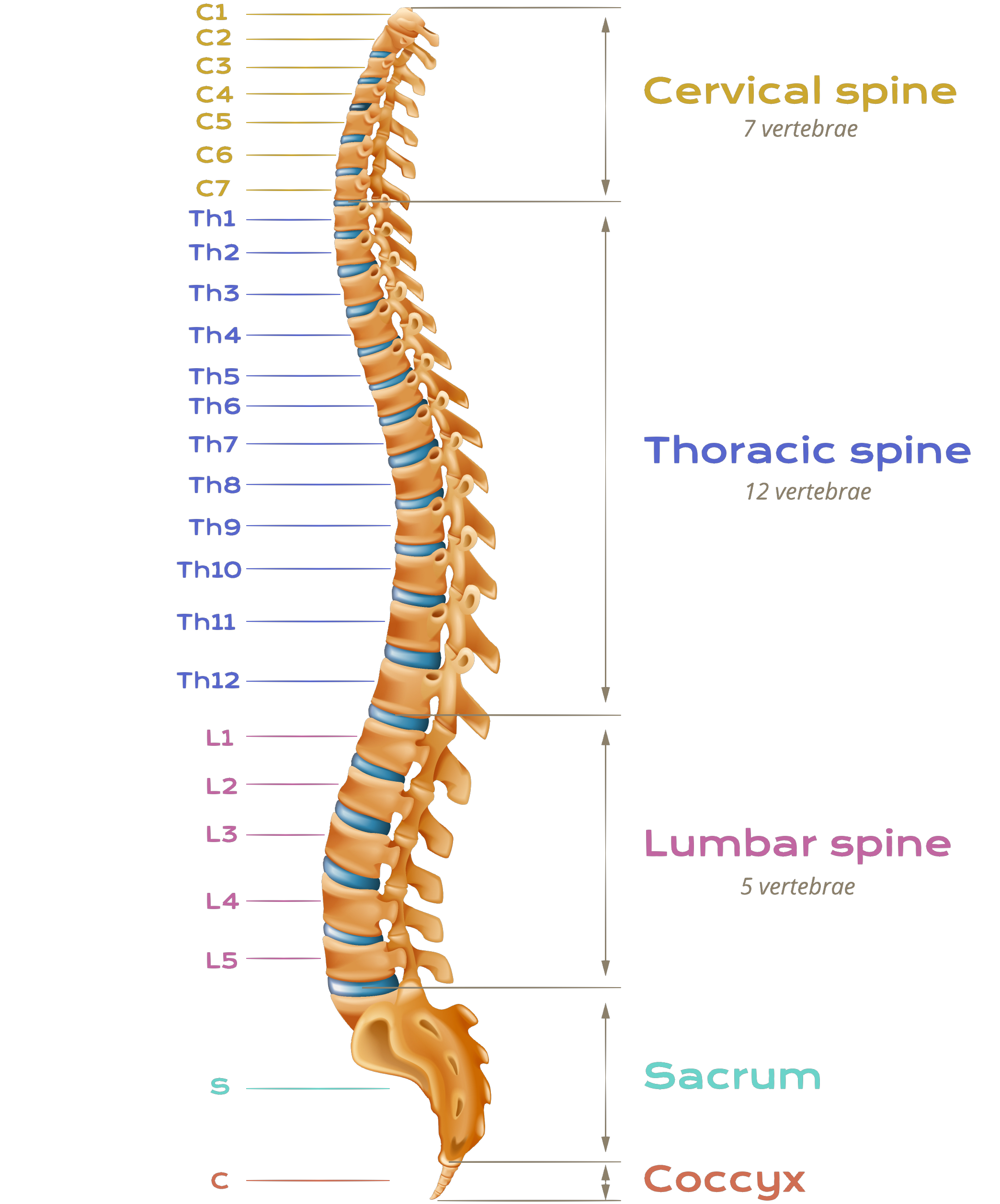CERVICOGENIC HEADACHES
A Cervicogenic Headache (CGH) is a pain in the head that is referred from components of the neck, joints, disc and/or soft tissue. One of the confusing phenomena about CGH is that it’s symptoms can present as a migraine, tension headache or even cluster headaches.
So even though your headache may have been diagnosed as migraine, tension headache, cluster headache etc, it may actually be a Cervicogenic Headache.
Symptoms
There is one feature which confirms that the upper neck is responsible for a headache and that is the behaviour of the head pain.
Some features indicating that the neck is the cause of headache are:
One-sided headache or headache on both sides but stronger on the one side (mostly always the same side)
Headache triggered by sustained postures for example, neck forward bending, looking at iPhone, iPad for long periods of time such as playing games etc
Ongoing headache after head and/or neck injury
Headache that is becoming more frequent
Headache starting in the neck and/or headache that is accompanied by neck discomfort or stiffness
DIAGNOSIS
We ask "Where do you feel the pain of your headache or migraine?". The area of your head pain can give us a strong indication as to which spinal segment of the upper part of the neck is primarily responsible for your pain.
For example, if the pain of your headache or migraine is behind the eye this suggests very strongly that the spinal segment at fault is the one which lies between the 2nd and 3rd cervical vertebrae (C2-3 segment). Along with this you are likely to feel accompanying neck stiffness or discomfort and this is very relevant if it is on the same side as your headache.
Vertebral Column
Spine Anatomy
Sometimes this neck discomfort or pain may travel up and over the top of the head, fairly close to the midline to end behind your eye. This again relates to the C2-3 segment. If your pain is more across your forehead above your eyebrows, or around the side of your head near the ear, this suggests that the spinal segment involved could be 0-C1 which is the very first joint between the occiput (base of skull) and 1st cervical vertebra.
There are times when sufferers experience a band around the head as if wearing a hat that is too tight.
This is often diagnosed as a 'tension-type' headache but it can be an unrecognised neck-related headache.
Treatment
Proper questioning about your head pain and then examination of the upper cervical spine (neck) followed by treatment by using specific mobilisations (non-cracking techniques) can help to alleviate your head pain.
This is often accompanied by an exercise program and advice about postures, lifestyle activities, pillows etc.








